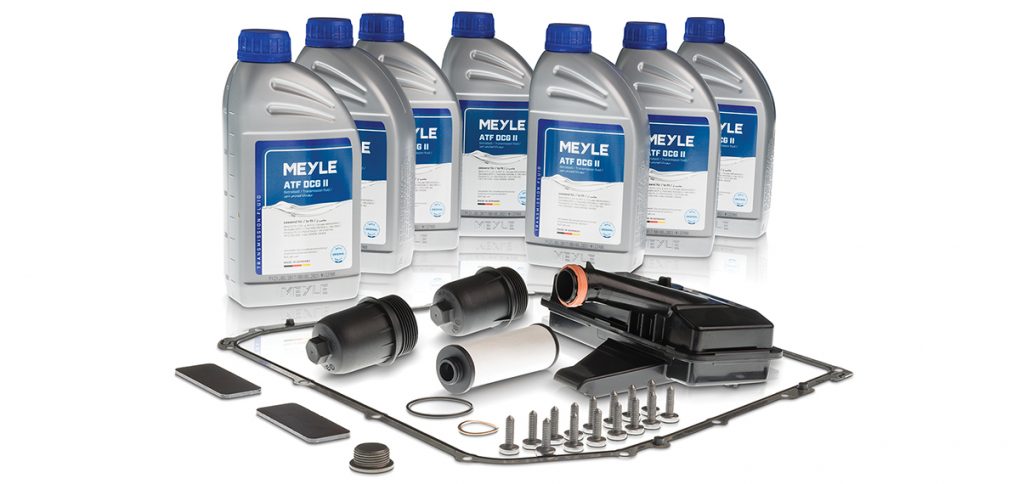TRANSMISSION FLUSH V TRANSMISSION OIL CHANGE
In this article, the experts at MEYLE take a look at which is needed, and when

Despite many manufacturers still claiming, ‘lifetime filling’ or ‘maintenance-free,’ MEYLE says the reality is quite different, stating every vehicle which is supposed to function trouble-free in the long term needs a professional service.
Transmission oil is no exception, as it fulfils several important functions that can be lost with growing age and lack of care.
Particularly in automatic transmissions with wet clutches, where the friction lining floats in the transmission oil, an accumulation of various types of abrasion can occur in the oil.
To prevent damage to the transmission, MEYLE says the oil should be changed, or the transmission flushed at this point at the latest, but ideally after 80,000 – 120,000* kilometres.
Signs that the ATF needs to be changed can be starting difficulties or vibrations – an oil change then becomes essential.
As soon as you experience bumpy and delayed gear changes, it may already be too late, and a transmission flush becomes necessary.
However, neither maintenance procedure is a substitute for repair, which may be required if symptoms persist, or performance remains the same after the change or flush.
MEYLE says the transmission oil change is the normal and recommended maintenance procedure for an automatic transmission and includes draining the old oil, changing the filter and other components (magnets, seals, etc) and filling it with the correct amount of new oil.
A transmission flush, on the other hand, removes the oil completely, ensuring the optimum removal of wear particles and impurities from the transmission.
The old oil is drained either by compressed air or by changing the transmission oil, for which the circuit is flushed with additional new transmission oil until the colour of the incoming and outgoing oil matches.
MEYLE explains that automatic transmission fluid (ATF) refers to a specific type of hydraulic oil. This special oil is usually coloured red, yellow or light green to avoid confusion with other fluids.
In addition to lubrication, it is also responsible for power transmission and cooling the transmission components. Moreover, it also hydraulically transfers signals in the mechatronics and controls shift elements.
MEYLE notes this also means that any change in the ATF properties not only has a direct impact on the function of the automatic transmission, but also on its service life.
In conclusion, MEYLE says it can be said that regular servicing is not just a ‘nice to have’ when it comes to changing automatic transmission oil, but an absolute must.
For more information and details of MEYLE kits for easy oil changes, visit www.meyle.com
* Please note manufacturer’s instructions









